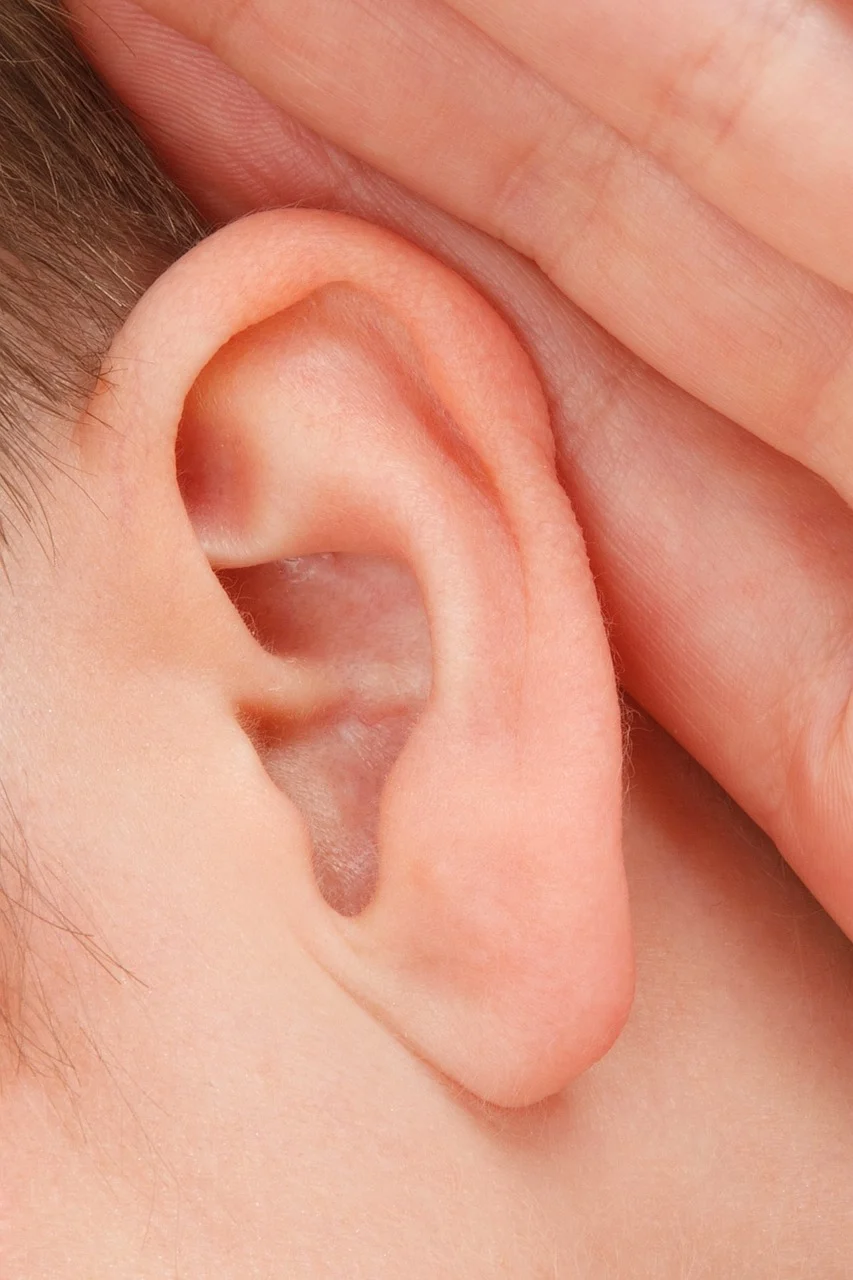Two-thirds of Brits (65%) risk permanent damage to their hearing by attempting to remove earwax themselves, according to new research from audiologists Specsavers.
Of those who remove earwax themselves at home, 69% are sticking cotton buds in their ears, a third (33%) use their fingers, while others opt for pencils (1%), paper clips (3%), hair grips (6%) and match sticks (3%) in a desperate bid to tackle their blocked or itchy ears. One person even admitted to using nail scissors! Shockingly, more than a third of people (41%) are doing this at least once a week.
In light of the startling figures, released today, Specsavers is warning people to be cautious of DIY remedies and to instead seek professional advice.
Specsavers’ chief audiologist, Gordon Harrison, says all these items should be avoided as not only can they make matters worse but they can lead to serious and possibly permanent damage to your hearing.
‘The golden rule is never put anything smaller than your elbow in your ear,’ he warns. ‘At Specsavers, we carry out an estimated 40,000 ear wax removals a year, so there is not much we haven’t seen. Our experience and training make our audiology teams the go-to experts in this field.’
Here Mr Harrison provides his top tips and advice to help manage ear wax, and explains what you should never do:
Why do we have earwax?
There are many reasons why we have earwax but ultimately its function is to protect and clear the ear, taking trapped dirt and debris with it when it falls out. Its sticky texture prevents bacteria and germs from moving further into the ear and causing infections and helps keep out any unwelcome guests. Earwax also helps lubricate the skin and maintains the ear’s natural PH balance to prevent irritation and dryness.
Usually, your body will produce enough earwax to maintain ear health but sometimes this wax can become hard or impacted, which can lead to problems such as hearing loss or discomfort.
What is earwax (this may surprise you)?
Earwax isn’t actually wax. It gets its name from its waxy, sticky texture.
It is produced by the outer part of the ear canal and is made up of natural oil and sweat, mixed with dead skin cells and hair. You tend to get two types of wax and it’s all down to your genetics. Some people will have dry, flaky wax, others will have softer, moist earwax that is brown or orange in colour. The correct medical term for earwax is cerumen, but some slang terms include ear potato, ear raisin and golden balls!
Other mammals also have ear wax, including whales. Whales never clean out their ears. Their ear-wax builds up, leaving behind a life story in fatty acids and cholesterols.
In medieval times, earwax and other human substances were used as pigments to write manuscripts. It was also used to stop threads from fraying before we had waxed thread.
Believe it or not, the early versions of a lip balm were also based on earwax. It was recommended in the 1832 edition of the American Frugal Housewife to help treat cracked lips. Not something I recommend today.
What are the symptoms of excess earwax?
If your ears are blocked with wax it can sometimes feel as if you’ve lost your hearing as noises can become more muffled. You may experience ringing or a popping sensation or feel pain or a ‘fullness’ in your ear. It’s a strange sensation and can be disconcerting if you haven’t experienced it before
How can you prevent earwax build-up?
The best thing to do is to avoid putting anything in your ears that could push earwax further into your ear canal and lead to impacted wax, infection or even a perforated eardrum. It is extremely important not to put things such as cotton buds, ear candles, match sticks, hair grips and pencils (yes really) in your ears to rid them of any build-up.
It’s also important to keep your ears clean. You should regularly wipe around the outside of your ear, particularly after showering or washing your face.
What should you do if my ears become blocked?
Earwax does usually fall out on its own. If it doesn’t and causes a persistent blockage, it’s best to seek professional advice.
Eardrops or olive oil can help to soften the wax. This is generally carried out for three to five days before a wax removal appointment. However, these drops can cause the earwax to expand, making the blockage worse and potentially causing further irritation. If you develop a foul taste in your mouth, you should cease using the drops immediately.
If you have any concerns about using these products you should always consult your pharmacist or GP. If ear wax is a persistent problem and the blockage remains, it is best to speak to an audiologist.
Specsavers audiology businesses are open for urgent and essential services, including earwax removal.

You can join us on our social media pages, follow us on Facebook or Twitter and keep up to date with whats going on in South Devon.
Got a news story, blog or press release that you’d like to share or want to advertise with us? Contact us




























